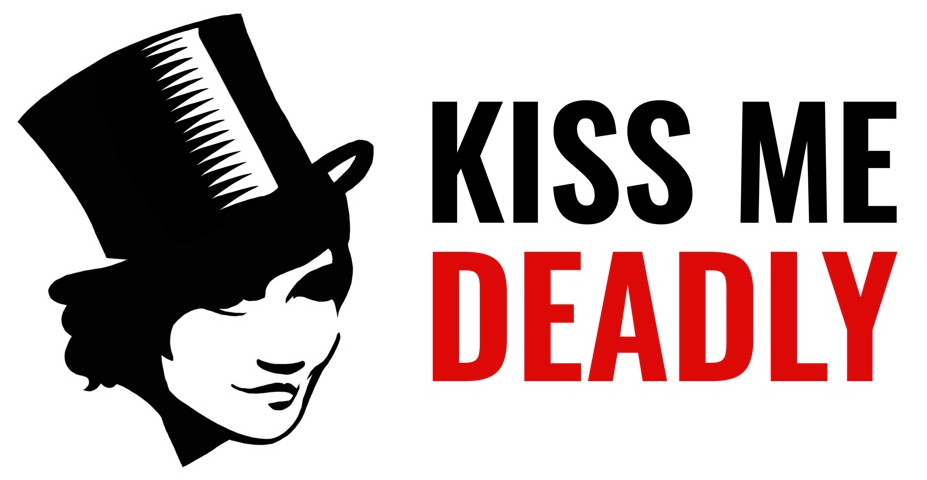Somehow, I started out with a lingerie business and ended up at Rebecca's wedding this year.
"And how do you know the bride?" "I make all her favourite knickers"
is a conversation I only recommend for the truly, extremely extroverted.
But unless you start a lingerie brand that attracts particularly passionate fans and then get them to come and do events with you, realise they live about 15 minutes away and somehow get yourself inextricably tangled up in each other lives, you'll probably escape this fate.

Apart from underwear and proximity, one of the thing that links us is the experience of living with a hidden illness. Rebecca is bendy. Really bendy. So bendy bits of her body can suddenly try to leave without any warning. She has Ehlers-Danlos Syndrome, which means that there is a genetic fault that weakens her collagen, a connective tissue in all our bodies.
There are over 200 types of connective tissue disorder, referred to broadly as hypermobile spectrum disorders. The effects vary wildly, depending on the cause, which bit of connective tissue it affects, and the severity. Within my social circle, there's everyone from "gosh your elbows go backwards!", through blood, digestive system, hearing, limbs or eyes not working because crucial bits of tissue are damaged, and sadly, someone with a fatal version of Marfan's Syndrome.
Ironically for those of us working within a youth-focussed industry, people with connective tissue disorders tend to stay looking young for a long, long time; bendy folk have extra-stretchy skin that doesn't wrinkle easily and tends towards a velvety complexion.
Unfortunately, bodies that are fighting themselves (as with M.S) or bodies that are missing a vital building block - as with the connective tissues here - are usually exhausted. Having to compensate for these absences, gaps and broken bits takes a huge amount of energy, and is often painful.
On top of that, since what the outside world can see is a youthful face with a body that can do feats of flexibility we might under other circumstances applaud, you then spend more energy having to explain to people that actually various parts don't work and you really can't Do That Thing because its hurts and might completely dislocate your shoulder.
Ehlers-Danlos and other hypermobile folk use zebras as their symbol (I'm more of a sloth, myself). Medical staff and, um, sys admins, are taught “When you hear hoofbeats behind you, don’t expect to see a zebra.” Look for the simplest explanation for symptoms, not rare diagnoses.
But hypermobile disorders are by their nature hoofbeaty, but not caused by a more common horse. Once you spot that it's a zebra, then you know - and you can see that this individual pattern of stripes is a zebra, the same as that one over there, even though that's a completely different pattern.

I can't recall why I have a zebra in a bra. I think Cyndrekit drew it for me one day.
Because of this issue, most people with hypermobility issues go undiagnosed for many years, and that causes issues, as connective tissue disorders need careful management to avoid complications and long-term damage.
People with connective tissue disorders tend to experience fatigue and pain that isn't expected because there's no outward sign of injury. If you want to help please:
1) Remember that if someone is limiting their activities, there's probably a very good reason for it - even if you can't see what it is. They may be much more tired or in pain than you can imagine.
2) Support the Ehlers-Danlos Society to train more professionals to recognise the signs of connective tissue disorders early on in life.
As for lingerie? Many people with connective tissue disorders find that shapewear can be very helpful! But it very much depends on your individual symptoms. If you're hypermobile or know someone is, feel free to join the dazzle of zebras and share experiences in the comments!
You can also find the discussion on facebook here.


